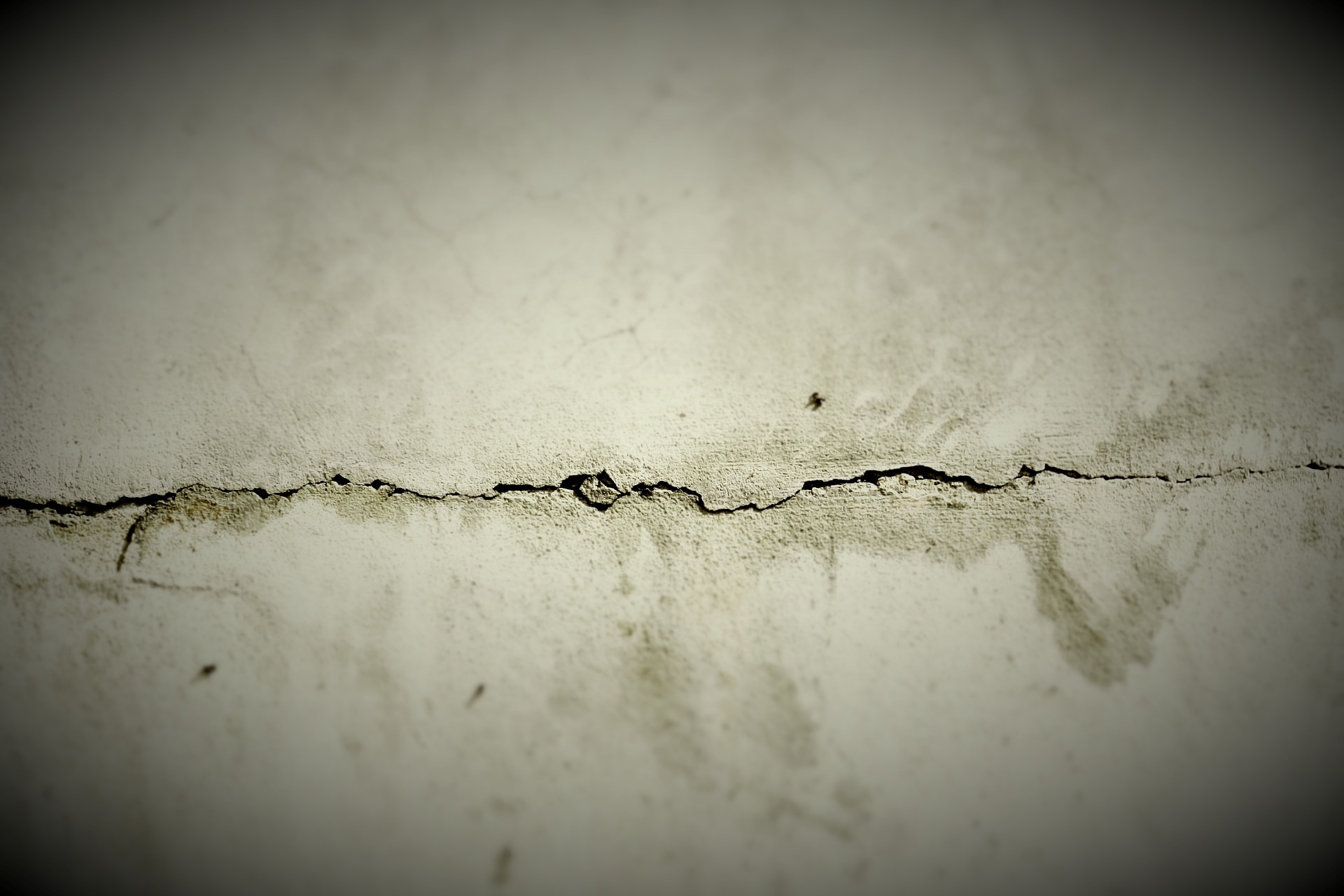Termite risks and prevention for houses
Termites are small insects that can cause significant structural damage to wood and other cellulose materials in a home. They often remain hidden until damage is advanced, so understanding basic biology, inspection signs, and treatment options helps homeowners reduce risk. This article explains how termites operate, what to look for during a home inspection, common signs of infestation, pest control choices, prevention strategies, and when to seek local services.

What are termites and why they affect houses
Termites are social insects that feed on cellulose, the main component of wood, paper, and some insulation. Species differ by habitat: subterranean termites build soil-connected colonies, drywood termites nest inside timber, and dampwood termites prefer moist wood. Because houses provide ample food and shelter, termites can exploit structural lumber, trim, and even paper-based materials. Their ability to remain concealed and to cause incremental damage makes early detection and practical prevention important for maintaining a house’s integrity.
How to spot termites during a home inspection
A focused home inspection for termites examines accessible wood, crawlspaces, basements, attics, and exterior foundations. Inspectors look for mud tubes running up foundations (common with subterranean termites), hollow-sounding timber, blistered or discolored wood, and piles of frass (wood-colored pellets) produced by drywood termites. Seasonal swarming of winged adults often indicates mature colonies. A thorough inspection includes probing suspect wood, checking moisture-prone areas, and documenting findings for future monitoring or treatment planning.
Common signs of termites in and around a home
Visible signs may include hollowed or sagging wood, unexplained wood damage behind paint, and piles of shed wings near windowsills following swarms. Mud tubes on foundation walls or piers, small holes in wooden surfaces, and doors or windows that stick due to warped framing can also indicate activity. Exterior areas with wood-to-soil contact, leaking gutters, or poor drainage increase the likelihood of infestation. While a single sign doesn’t confirm extensive damage, multiple indicators warrant closer inspection.
Pest control methods for termite treatment
Pest control options vary by termite type and site conditions. Common approaches include localized treatments such as wood repair and spot soil treatments, and broader measures like liquid soil termiticides applied as continuous barriers. Baiting systems place cellulose-based baits with slow-acting active ingredients to spread through colonies. For drywood termites, targeted fumigation or localized wood treatment may be recommended. Each method has trade-offs in cost, disruption, and suitability; professionals can advise on appropriate techniques based on inspection results and property layout.
Preventing termite damage to a house
Prevention focuses on reducing favorable conditions and blocking access. Keep soil, mulch, and vegetation away from wooden siding and foundation walls; maintain proper drainage and fix plumbing leaks; store firewood and lumber off the ground and away from the house; and ensure crawlspaces and attics are ventilated to limit moisture. Consider using termite-resistant building materials where applicable and maintain periodic inspections, especially in regions known for termite activity. Consistent maintenance and moisture control are among the most effective long-term prevention measures.
When to seek local services for termite control
If inspection signs suggest active termite colonies, contacting qualified pest control specialists in your area is advisable. Professionals can perform a comprehensive inspection, identify the termite species, and recommend treatments aligned with local regulations and environmental considerations. When selecting a service, ask about inspection scope, treatment options, follow-up monitoring, warranties or service agreements, and any structural repair recommendations. Avoid delay when evidence points to infestation, since untreated activity can lead to escalating structural issues over time.
Termites pose a persistent risk to houses because their feeding habits are hidden and gradual. Regular home inspections, moisture management, removal of wood-to-soil contact, and informed choices about pest control help reduce that risk. Understanding the signs and available treatments enables homeowners to make practical decisions that protect structural elements and preserve long-term value.






